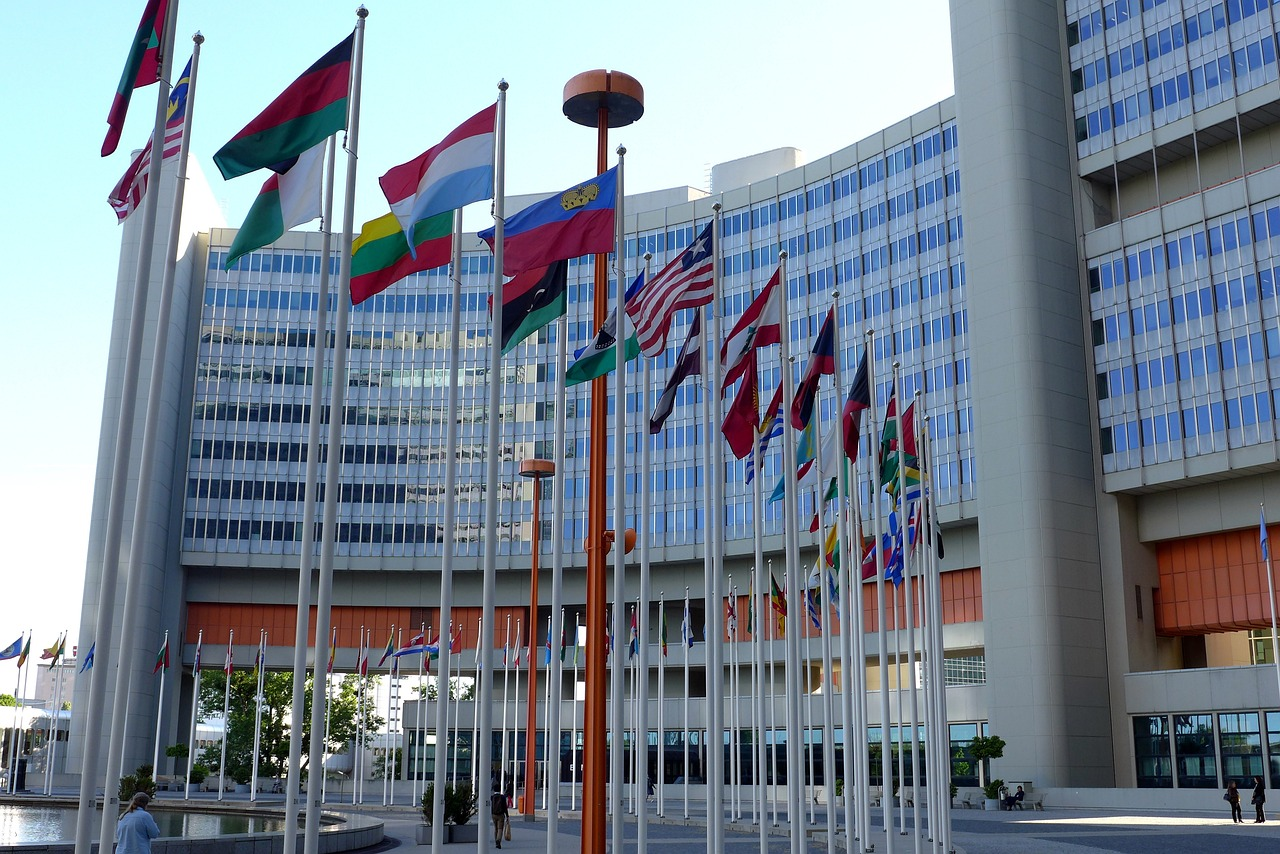Unit 4: Cold War Conflicts (1945-1960) Overview
Unit 4: Cold War Conflicts (1945-1960)

Unit 4: Cold War Conflicts (1945-1960)

Unit 4: Cold War Conflicts (1945-1960)
Superpowers at War
After World War II, the United States and the Soviet Union were the world’s strongest nations. They were called superpowers. They had different ideas about economics and government. They fought a war of ideas called the Cold War. The Soviet Union was a communist country. In communism, the government controls production and resources. It decides where people live and work. The United States is a capitalist country. In capitalism, people and businesses control the production of goods. People decide where they live and work.
The Cold War began in Europe after World War II. The Soviet Union won control of Eastern Europe. It controlled half of Germany and half of Germany’s capital, Berlin. The United States, Britain, and France controlled western Germany and West Berlin. In June 1948, the Soviet Union blocked roads and railroads that led to West Berlin. The United States, Great Britain, and France flew in supplies. This was called the Berlin Airlift.
Cold War Conflicts
After World War II, Korea was divided into North and South Korea. North Korea became communist. South Korea was a capitalist country. North Korean army invaded South Korea. The United Nations sent soldiers to help South Korea. China sent soldiers to help North Korea. The war ended in 1953. Neither side won. Korea is still divided.
The United States and the Soviet Union were in a nuclear arms race. In 1959, Cuba became a communist country and the Soviets secretly put missiles there. President Kennedy was afraid the Soviet Union would attack the United States. He sent warships to surround Cuba. He hoped a blockade would force the Soviet Union to remove its missiles. This conflict was called the Cuban Missile Crisis. For six days, nuclear war seemed possible. Then the Soviet Union removed the missiles.
This unit describes physical fitness and what is required to obtain a physically fit body. Students will learn the components and benefits of physical fitness.
Unit Focus
- Benefits from achieving physical fitness
- Need for physical fitness in today’s world
- Components of physical fitness
- Basic training principles of physical fitness
- Exercise safety guidelines
- Effects of weather on training
- Stress management
- Personal fitness evaluation
Vocabulary
Lesson Reading
Videos and Interactives (Click on Images to View Content)

